Comparing AI Image Generation Models: DALL·E 3, Flux, Gemini, Midjourney, Stable Diffusion, and Imagen

A few years ago, creating a realistic, high-quality image could take days or even weeks. Designers would carefully adjust lighting, textures, and composition to get everything just right.
Now, AI image generation models can do it in seconds.
I wanted to see how far these models have really come, so I gave them all the same detailed, cinematic prompt:
“Ultra-photorealistic freeze-frame of a night-time football stadium, 90 000 capacity, tiered stands blazing with floodlights, crowd a sea of waving scarves and raised arms, scoreboard reading 2-2 and 90+5’. Centre foreground: striker in sharp-focus, blue-and-garnet vertically striped jersey soaked with sweat, powerful thigh muscles tensed, right foot drawn back to strike a stationary ball, studs glinting. His face locked in concentration, veins visible on clenched jaw. Opposite: goalkeeper in pristine white long-sleeved jersey, crouched slightly, gloved hands open, eyes wide with tension, beads of sweat on forehead catching light. Behind them: blurred defenders sliding in desperation, corner flags whipping, advertising boards glowing. Referee in background mid-gesture, five fingers raised holding electronic timer. Depth-of-field f/2.8, cinematic 35 mm lens, high shutter speed frozen motion, dramatic chiaroscuro floodlighting, crisp 8K detail, authentic Nike/Adidas kit textures, dewy grass blades visible, bokeh crowd lights, atmosphere thick with tension”
Let’s take a look at how each of the top image models performed and what stood out about their style.
DALL·E 3
The image from DALL·E 3 looks like a scene straight out of a sports documentary. The lighting is perfectly balanced, the players’ expressions are full of emotion, and the atmosphere feels almost photographic. You can see reflections, veins, and even subtle fabric textures on the jerseys.
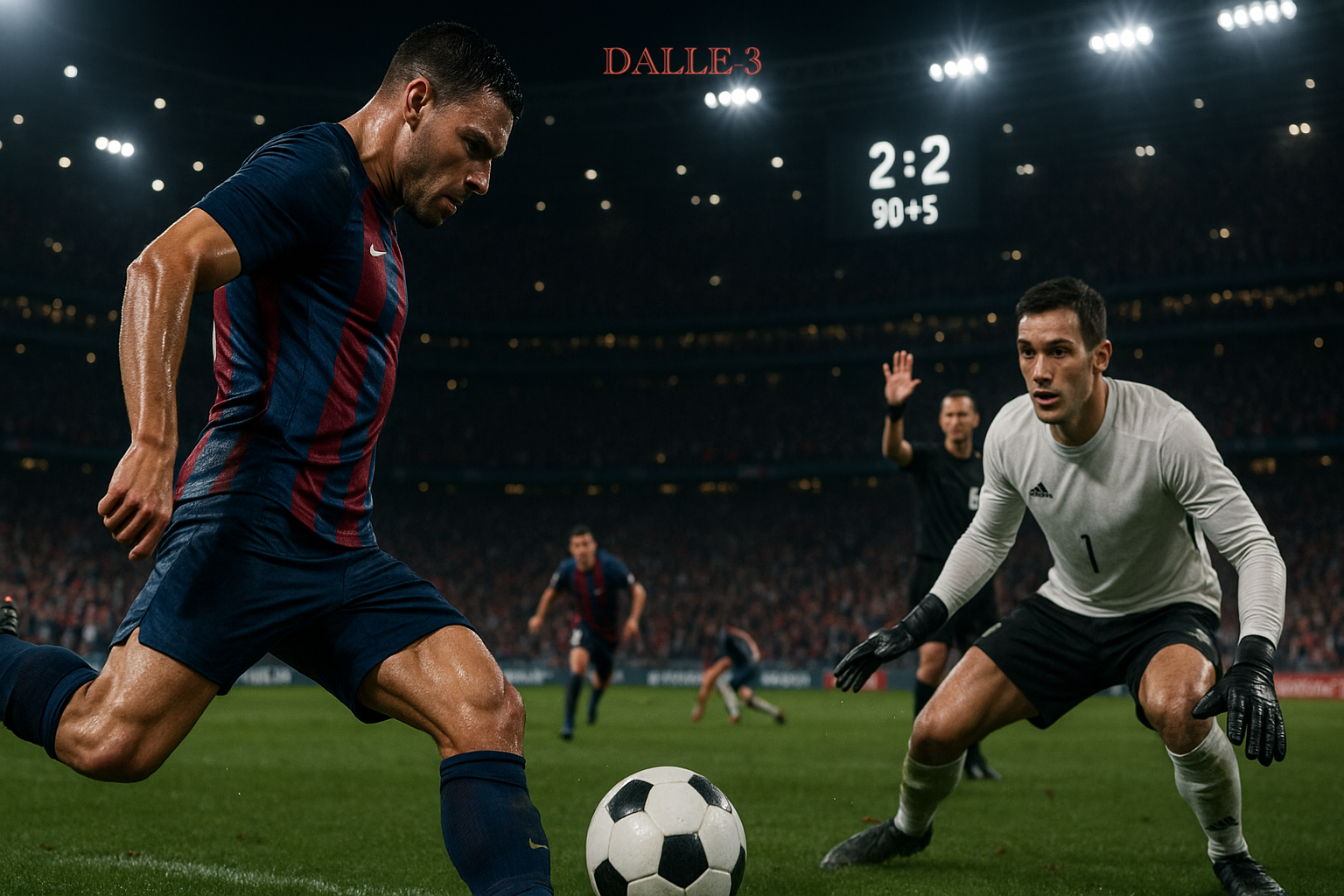
Pros
- Realistic lighting and camera depth
- Strong human anatomy and emotion
- Captures the full energy of the moment
Cons
- Some textures look a little too smooth
- Movement in the background feels slightly artificial
Best for: Commercial ads, cinematic visuals, or anything that needs to feel photo-real.
Flux Ultra
Flux delivers a solid composition, but it feels flatter than DALL·E 3. The scene is clear and well-organized, but lacks some of the dynamic contrast and realism that makes an image come alive.

Pros
- Good framing and color balance
- Clear scene structure
- Consistent output with few distortions
Cons
- Lighting feels a bit static
- Faces and surfaces lack realistic detail
Best for: Quick concept mockups or situations where you need consistency more than realism.
Gemini
Gemini’s image jumps off the screen with rich colors and great energy. The lighting feels authentic, and the players’ motion looks natural. It gives off a strong sports photography vibe, with crisp edges and a balanced stadium backdrop.
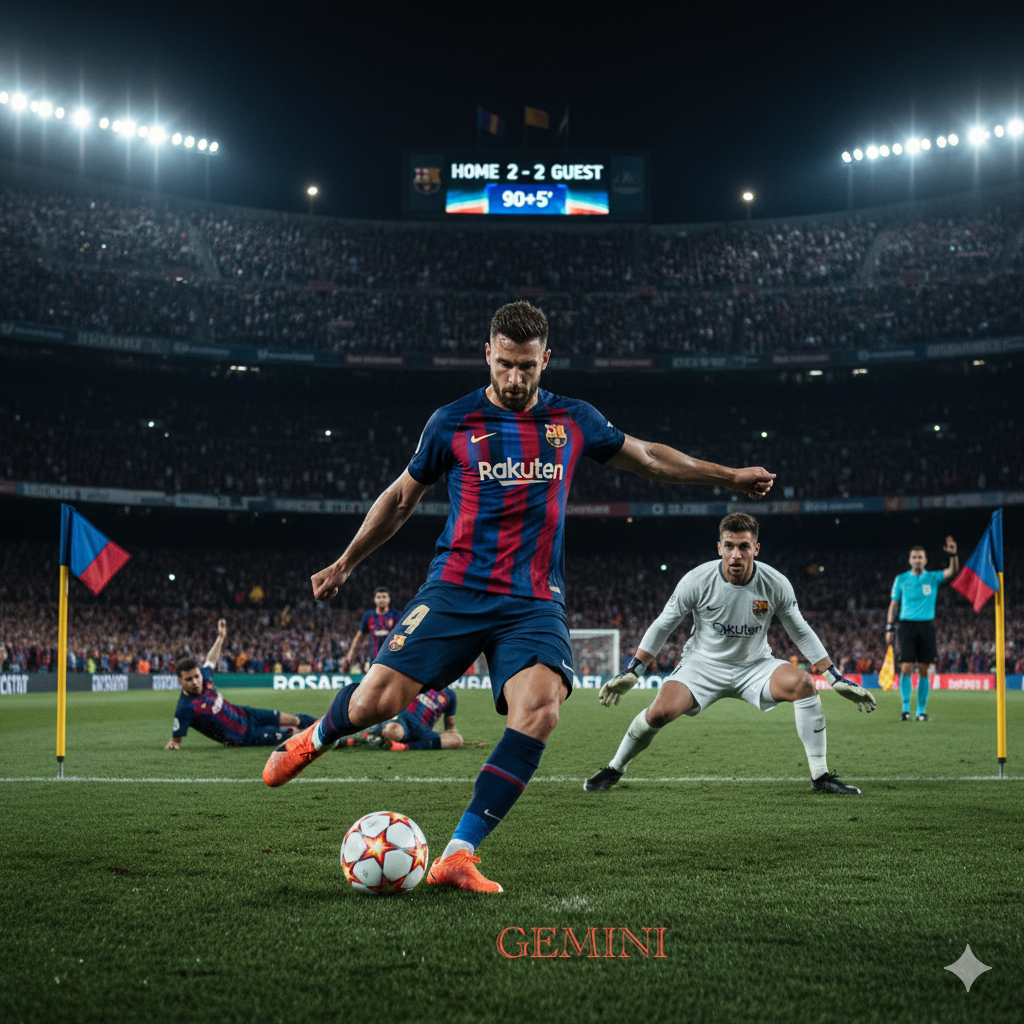
Pros
- Great lighting and color tone
- Natural human posture and movement
- Feels lively and cinematic
Cons
- Slight stylization in faces
- Some fine texture detail is missing
Best for: Sports posters, social media visuals, or energetic brand campaigns.
Midjourney
Midjourney’s version is beautiful in a different way. It’s artistic and dramatic, with a mood that could belong in a magazine spread or a film still. The lighting feels cinematic, and it captures emotion better than almost any other model here.
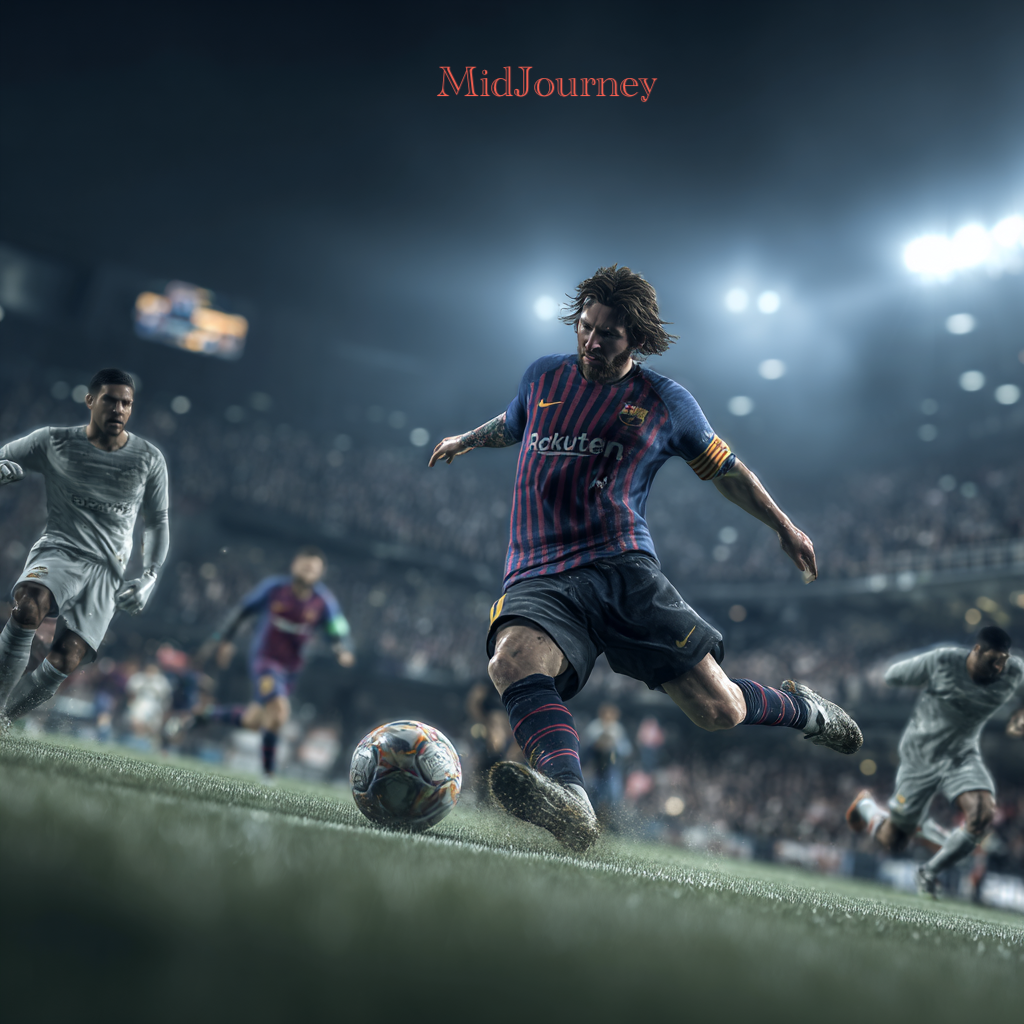
Pros
- Deep, dramatic atmosphere
- Excellent lighting and color grading
- Artistic composition that tells a story
Cons
- Sometimes too stylized for realism
- Background can lose clarity
Best for: Creative storytelling, mood boards, and visual branding.
Stable Diffusion
Stable Diffusion’s image has a sense of action and tension, but it leans more toward a painted look than a photograph. It’s less polished out of the box but gives artists a lot of flexibility to customize and fine-tune results.
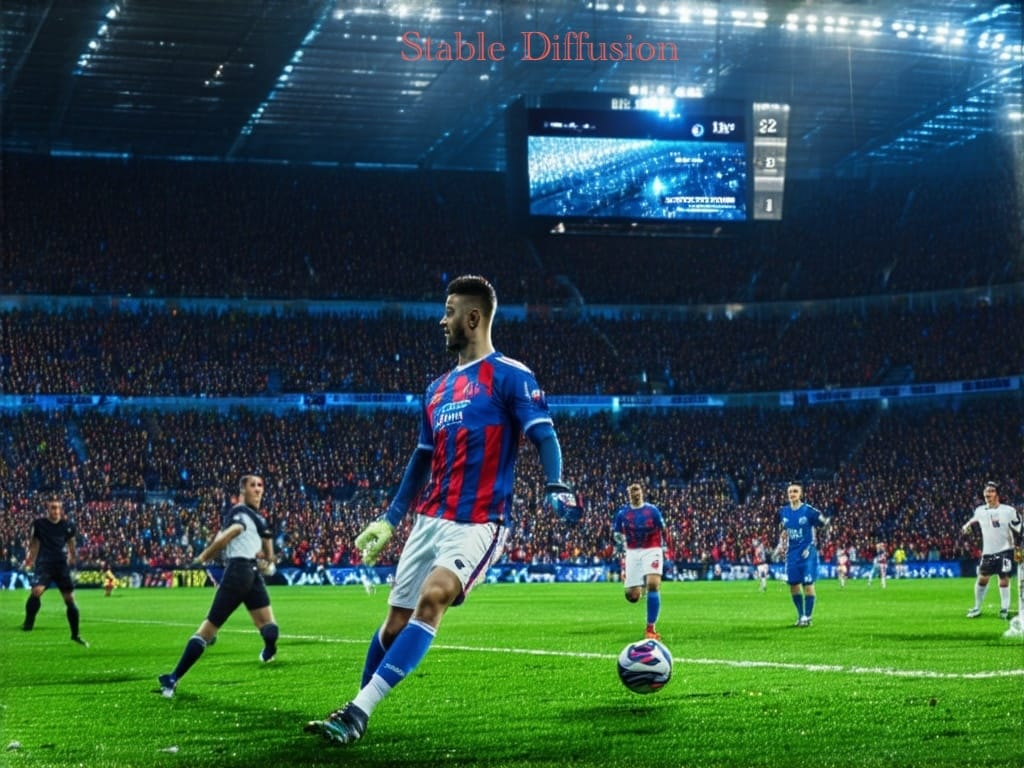
Pros
- Strong motion and emotion
- Fully open-source and customizable
- Can be tailored for specific artistic styles
Cons
- Realism depends on the model and setup
- Human anatomy sometimes inconsistent
Best for: Game concept art, experimental design, or projects where customization is key.
Meta Imagen
Imagen’s result is bright, clean, and professional. The lighting across the field looks incredible, and the overall composition is balanced and crisp. However, the players’ faces and skin can look a little plastic under the lights.
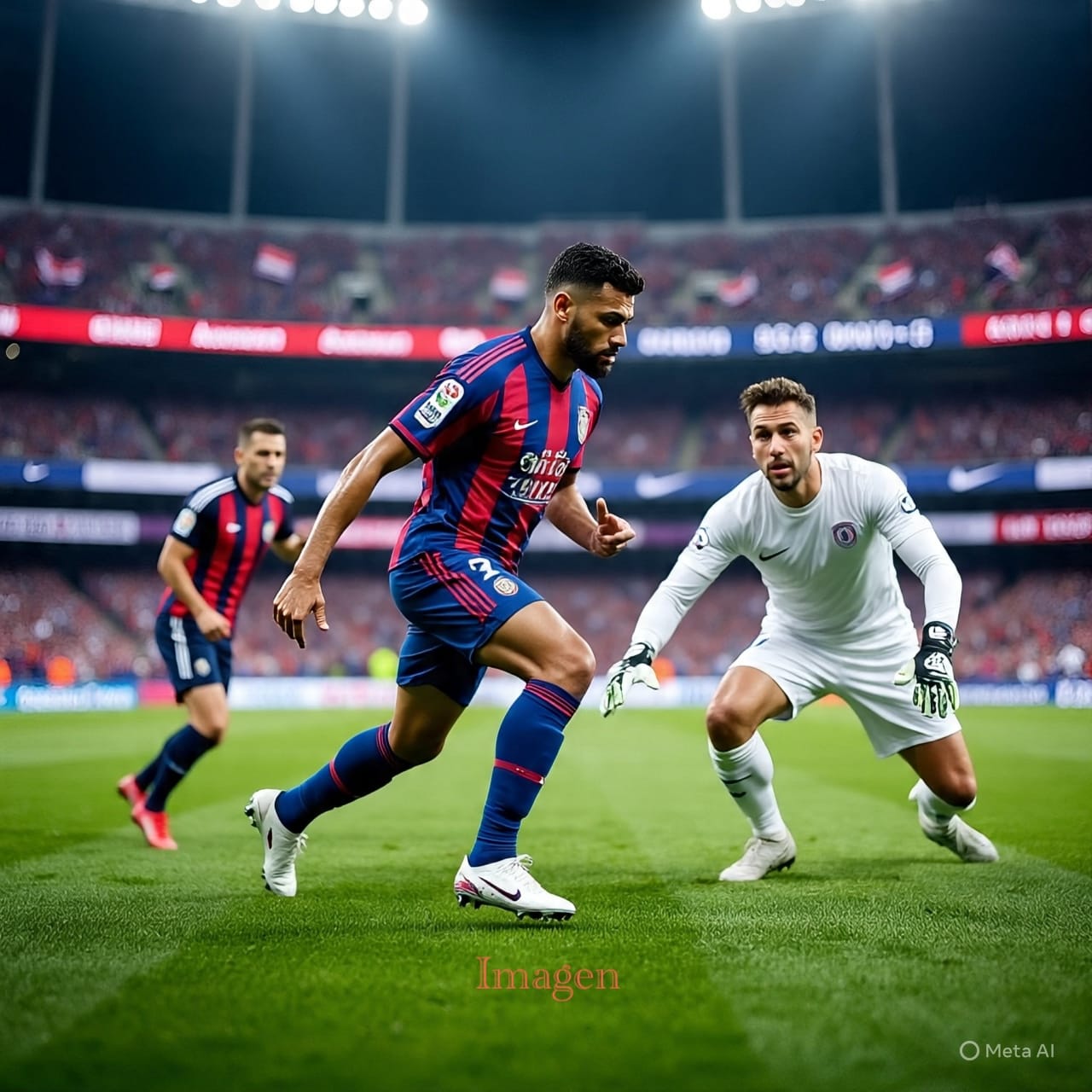
Pros
- Excellent color control and clarity
- Realistic stadium lighting and environment
- Consistent, polished output
Cons
- Faces look slightly artificial
- Highlights can be overexposed
Best for: Marketing visuals and AI-generated photography.
Final Thoughts
Each model has its own personality. DALL·E 3 aims for photorealism, Midjourney leans toward artistry, Gemini loves bright and vivid scenes, and Stable Diffusion gives creators total control.
If I had to sum it up:
| Model | Strength | Best Use |
|---|---|---|
| DALL·E 3 | Most realistic and cinematic | Commercial visuals |
| Flux Ultra | Reliable but simple | Quick drafts |
| Gemini | Energetic and vibrant | Sports, lifestyle |
| Midjourney | Artistic and emotional | Creative storytelling |
| Stable Diffusion | Customizable and open | Experimental art |
| Imagen | Bright and clean | Marketing visuals |
In the end, there’s no single “best” model. It depends on what you’re trying to achieve.
If you want realism, go with DALL·E 3.
If you want mood and style, Midjourney shines.
If you want control, Stable Diffusion gives you the tools.
AI isn’t replacing creativity; it’s accelerating it. The magic still comes from the person behind the prompt.
